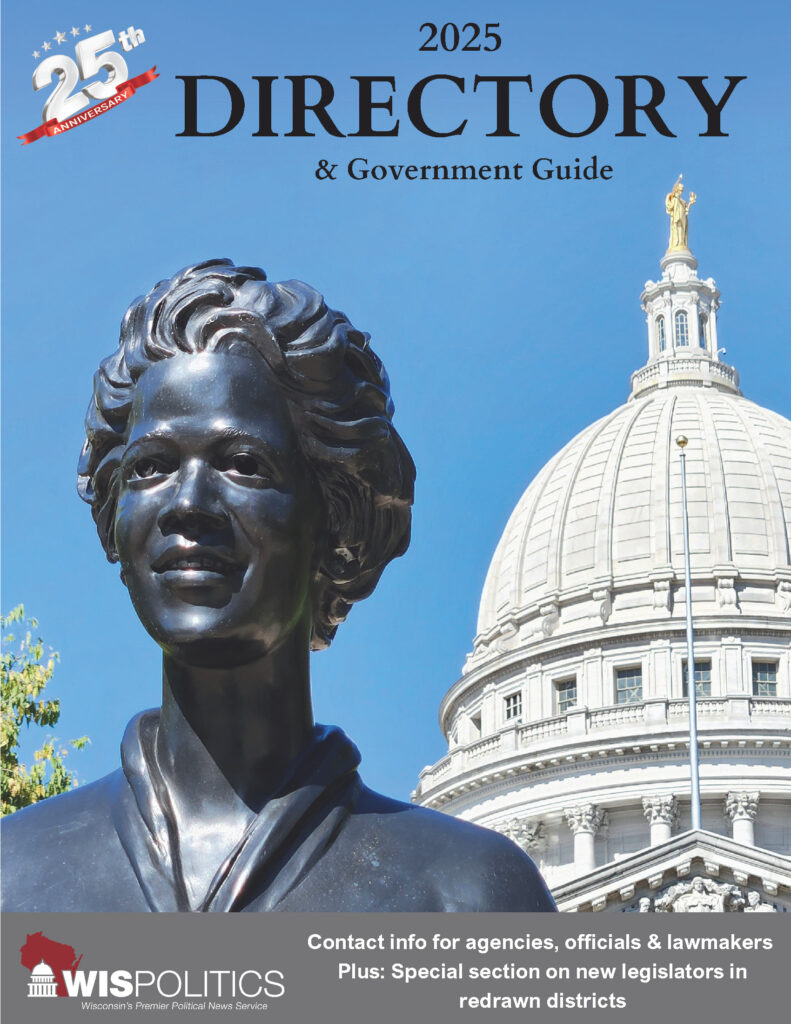Since 2021, October has been recognized nationally as Pedestrian Safety Month. Advocates across Wisconsin and the U.S. are taking this opportunity to encourage local leaders to improve pedestrian infrastructure in their communities, making our streets and intersections safer for everyone. Nearly a third of Wisconsin residents are nondrivers. In addition to people who are blind or low vision, that ...
Please log in to access subscriber content.
If you don't have a subscription, please contact schmies@wispolitics.com for subscription options on the WisPolitics-State Affairs platform, which is the new home for WisPolitics subscriber products.


